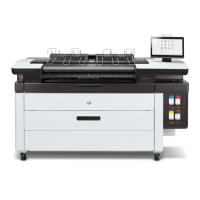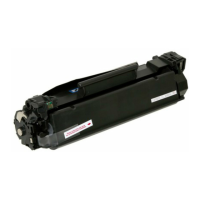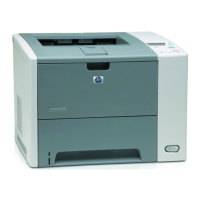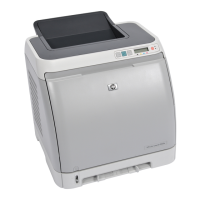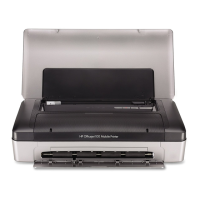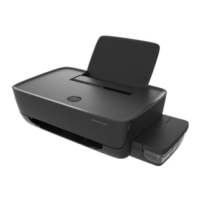EN Introduction 15-3
The final data reduction technique provided by the raster area
involves the printer’s ability to fill in trailing zeros to the edge of the
raster area. Any zeros following the last “1“ in the raster row to the
edge of the picture area need not be sent. The printer automatically
fills them. This technique eliminates the need to transmit raster data
rows that are all the same length, as required in a raster image which
does not use the raster area feature.
The raster area represents a boundary. Within this boundary the
printer zero-fills missing rows and fills in short rows to the edge of
the raster area. However, in addition to filling to the boundaries of
the raster area, the printer also clips any raster line which extends
beyond the boundary. Thus, if an image extends beyond the raster
area, then that portion of the image is not printed.
When the raster area reduction techniques are used in conjunction
with the raster compression techniques, a considerable savings in
data can be realized. This results in a saving of host storage and
data transmission time. However, these reduction techniques do not
reduce the amount of printer memory required for page formatting.
